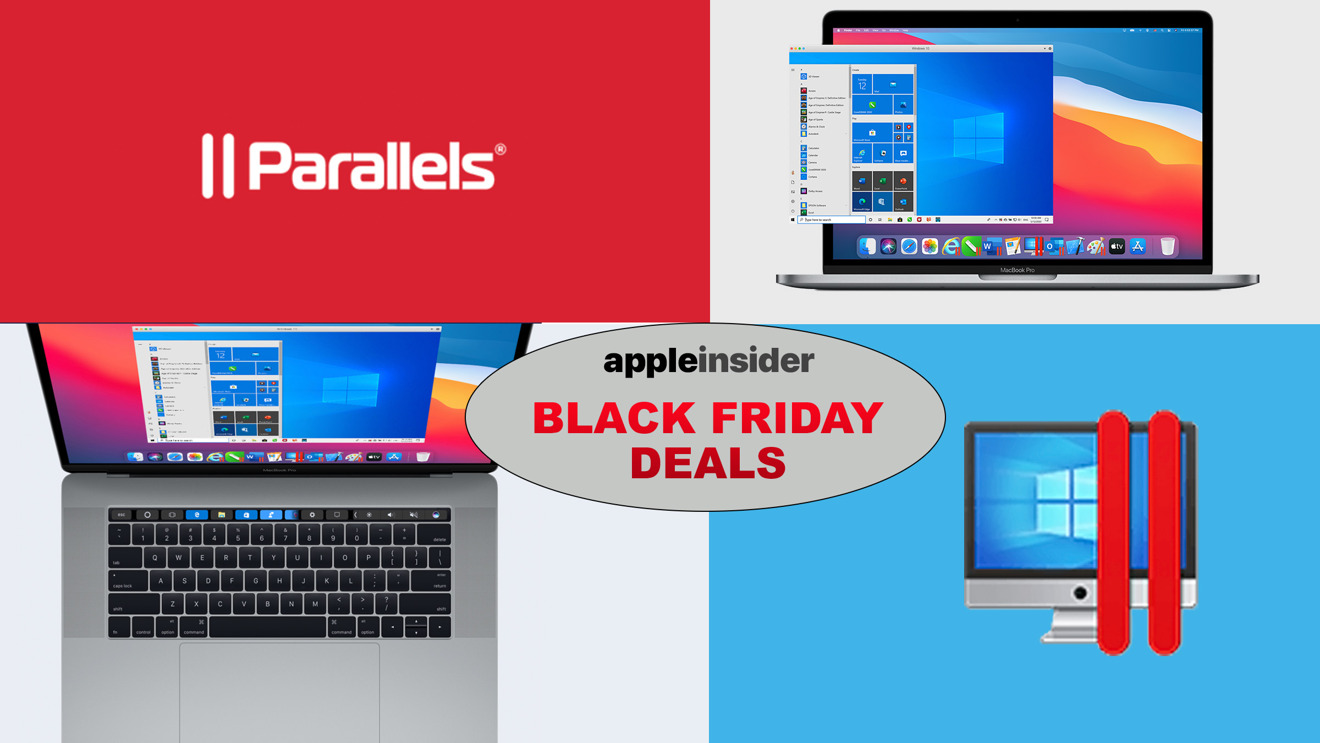

- PARALLELS FOR MAC STUDENT LICENSE FOR FREE
- PARALLELS FOR MAC STUDENT LICENSE HOW TO
- PARALLELS FOR MAC STUDENT LICENSE UPGRADE

It charges $149 for the standard Player edition and $199 for the Pro version. VMware Fusion is pricier than Parallels Desktop. A Business version, priced identically to the Pro version and with the same support for RAM and CPUs, offers centralized management and a single volume license for multiple machines. If you’re using graphic- or math-intensive Windows software, you’ll need the Pro version. The Standard version supports virtual machines with 8GB of RAM and four virtual CPUs the Pro version upgrades those specs to 128GB of RAM and 32 CPUs. Read Our Oracle VM VirtualBox (for Mac) Review
PARALLELS FOR MAC STUDENT LICENSE UPGRADE
You can also purchase a one-time upgrade to the latest, single-license version of Parallels Desktop's Standard edition for $49.99. Of course, you’re better off starting out with a subscription to the Standard or Pro version. The Pro edition costs $99.99 per year and you can try it free for 14 days.īecause the Parallels app is so deeply integrated with macOS and new iterations of macOS often require new versions of Parallels, I strongly recommend the subscription model. If, however, you’ve already bought a one-time license to the Standard edition, you can upgrade to a Pro subscription for $49.99 per year instead of paying the full Pro version subscription price.
PARALLELS FOR MAC STUDENT LICENSE FOR FREE
The subscription version includes any upgrades to new versions of the software during the payment period, while anyone who buys a permanent license version is not eligible for free version updates. Students can get the Standard edition for $39.99 per year. The Standard edition, which is intended for home users, costs either a one-time fee of $99.99 or $79.99 per year. Parallels Desktop offers both Standard and Pro editions of its software. The experimental UTM app, based on the open-source QEMU emulation software, is unreliable and lacks all of Parallel Desktop's built-in conveniences. Freeware VirtualBox won’t run on an M1 Mac either and is too unstable for regular use. Parallels Desktop is slightly less stable and enterprise-friendly than Parallels, but that app performs more slowly and doesn’t yet officially support Apple Silicon hardware. It wins our Editors’ Choice award for virtualization software. Parallels is fast, features tight integrations between host and guest machines, and gets frequent updates that keep it compatible with the latest Windows and macOS systems. It’s also currently the only practical choice for running Windows on Apple Silicon machines. If you want to run a full Windows system on an Intel Mac, Parallels Desktop is the best choice for individual and small-business users.
PARALLELS FOR MAC STUDENT LICENSE HOW TO
How to Set Up Two-Factor Authentication.How to Save Money on Your Cell Phone Bill.How to Free Up Space on Your iPhone or iPad.


 0 kommentar(er)
0 kommentar(er)
